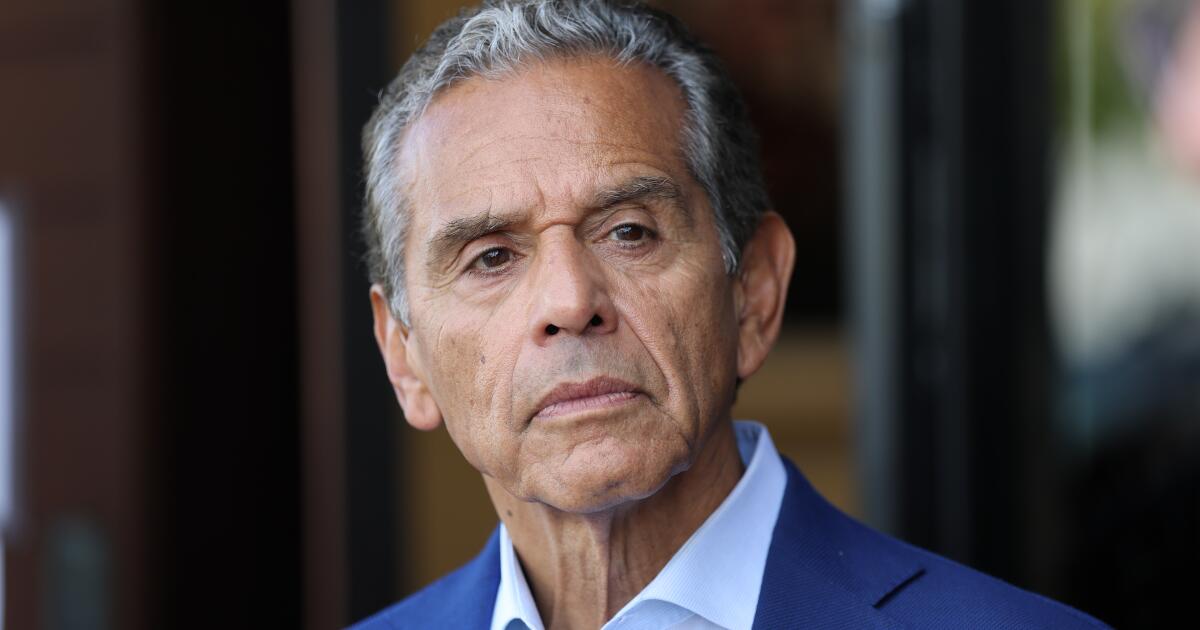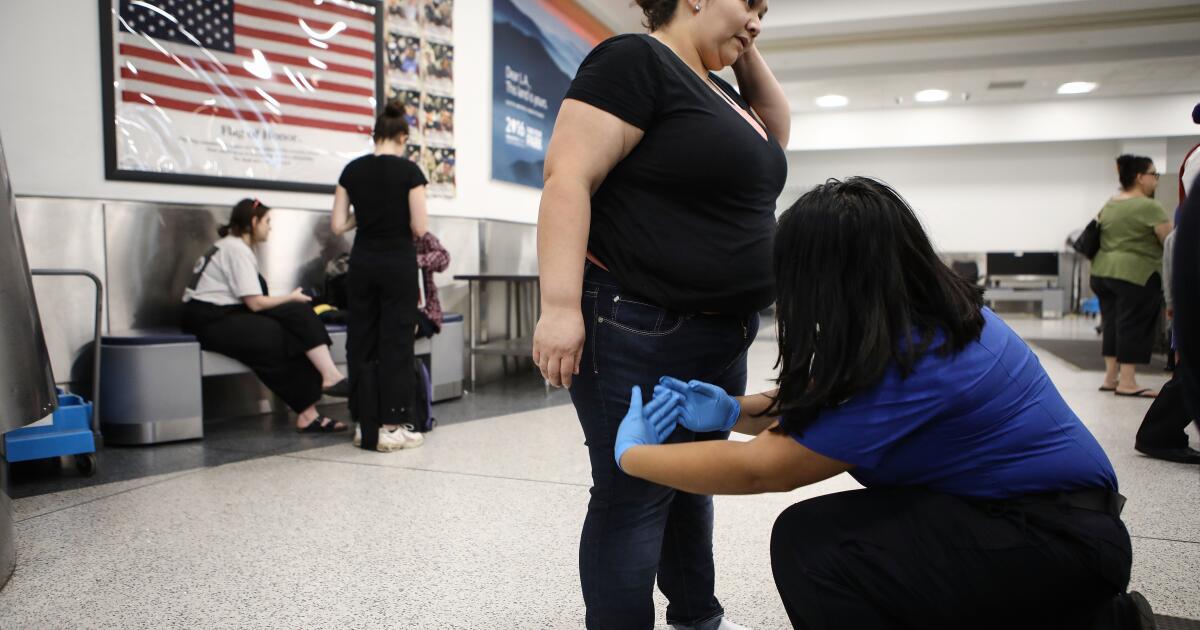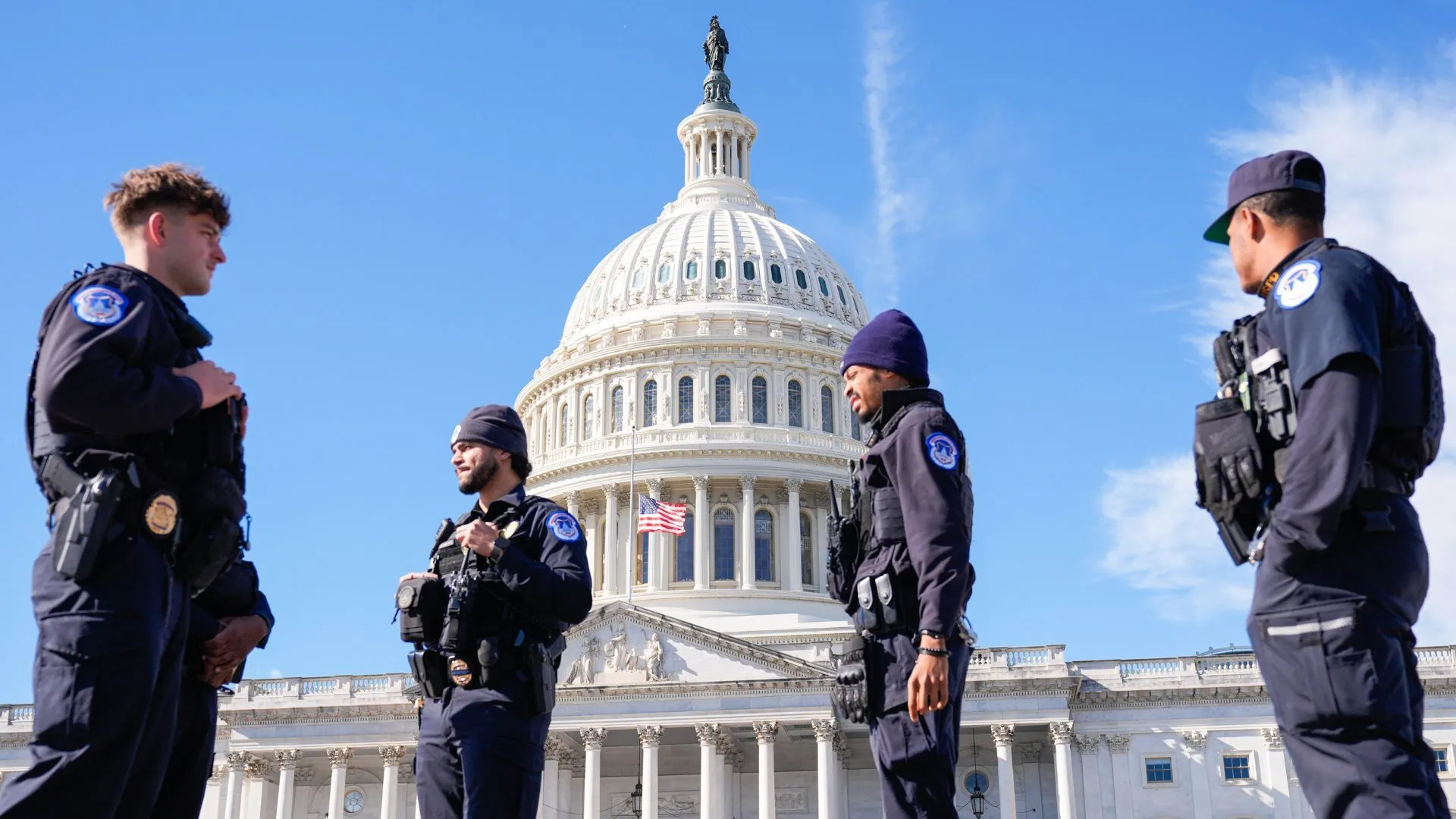Foreigners seeking visas to live in the U.S. might be rejected if they have certain medical conditions, including diabetes or obesity, under a Thursday directive from the Trump administration.
The guidance, issued in a cable the State Department sent to embassy and consular officials and examined by KFF Health News, directs visa officers to deem applicants ineligible to enter the U.S. for several new reasons, including age or the likelihood they might rely on public benefits. The guidance says that such people could become a “public charge” — a potential drain on U.S. resources — because of their health issues or age.
While assessing the health of potential immigrants has been part of the visa application process for years, including screening for communicable diseases such as tuberculosis and obtaining vaccine history, experts said the new guidelines greatly expand the list of medical conditions to be considered and give visa officers more power to make decisions about immigration based on an applicant’s health status.
The directive is part of the Trump administration’s divisive and aggressive campaign to deport immigrants living without authorization in the U.S. and dissuade others from immigrating into the country. The White House’s crusade to push out immigrants has included daily mass arrests, bans on refugees from certain countries, and plans to severely restrict the total number permitted into the U.S.
The new guidelines mandate that immigrants’ health be a focus in the application process. The guidance applies to nearly all visa applicants but is likely to be used only in cases in which people seek to permanently reside in the U.S., said Charles Wheeler, a senior attorney for the Catholic Legal Immigration Network, a nonprofit legal aid group.
“You must consider an applicant’s health,” the cable reads. “Certain medical conditions — including, but not limited to, cardiovascular diseases, respiratory diseases, cancers, diabetes, metabolic diseases, neurological diseases, and mental health conditions — can require hundreds of thousands of dollars’ worth of care.”
About 10% of the world’s population have diabetes. Cardiovascular diseases are also common; they are the globe’s leading killer.
The cable also encourages visa officers to consider other conditions, such as obesity, which it notes can cause asthma, sleep apnea, and high blood pressure, in their assessment of whether an immigrant could become a public charge and therefore should be denied entry into the U.S.
“All of these can require expensive, long-term care,” the cable reads. Spokespeople for the State Department did not immediately respond to a request for comment on the cable.
Visa officers were also directed to determine whether applicants have the means to pay for medical treatment without help from the U.S. government.
“Does the applicant have adequate financial resources to cover the costs of such care over his entire expected lifespan without seeking public cash assistance or long-term institutionalization at government expense?” the cable reads.
The cable’s language appears at odds with the Foreign Affairs Manual, the State Department’s own handbook, which says that visa officers cannot reject an application based on “what if” scenarios, Wheeler said.
The guidance directs visa officers to develop “their own thoughts about what could lead to some sort of medical emergency or sort of medical costs in the future,” he said. “That’s troubling because they’re not medically trained, they have no experience in this area, and they shouldn’t be making projections based on their own personal knowledge or bias.”
The guidance also directs visa officers to consider the health of family members, including children or older parents.
“Do any of the dependents have disabilities, chronic medical conditions, or other special needs and require care such that the applicant cannot maintain employment?” the cable asks.
Immigrants already undergo a medical exam by a physician who’s been approved by a U.S. embassy.
They are screened for communicable diseases, such as tuberculosis, and asked to fill out a form that asks them to disclose any history of drug or alcohol use, mental health conditions, or violence. They’re also required to have a number of vaccinations to guard against infectious diseases such as measles, polio and hepatitis B.
But the new guidance goes further, emphasizing that chronic diseases should be considered, said Sophia Genovese, an immigration lawyer at Georgetown University. She also noted that the language of the directive encourages visa officers and the doctors who examine people seeking to immigrate to speculate on the cost of applicants’ medical care and their ability to get employment in the U.S. considering their medical history.
“Taking into consideration one’s diabetic history or heart health history — that’s quite expansive,” Genovese said. “There is a degree of this assessment already, just not quite expansive as opining over, ‘What if someone goes into diabetic shock?’ If this change is going to happen immediately, that’s obviously going to cause a myriad of issues when people are going into their consular interviews.”
KFF Health News is a national newsroom that produces in-depth journalism about health issues and is one of the core operating programs at KFF — the independent source for health policy research, polling, and journalism.


![Heavily damaged buildings are reflected in a water basin in the Sheikh Radwan neighborhood of Gaza City on October 22, 2025. [File: Omar Al-Qattaa/AFP]](https://i0.wp.com/occasionaldigest.com/wp-content/uploads/2025/11/000_79L4482-1762593853.jpg?w=640&ssl=1)
![A boy fills a plastic bottle with water inside a camp for displaced Palestinians at a school-turned-shelter in Al-Rimal neighbourhood of Gaza City on November 5, 2025. [File: Omar Al Qattaa]](https://i0.wp.com/occasionaldigest.com/wp-content/uploads/2025/11/000_834T3FC-1762594052.jpg?w=640&ssl=1)









